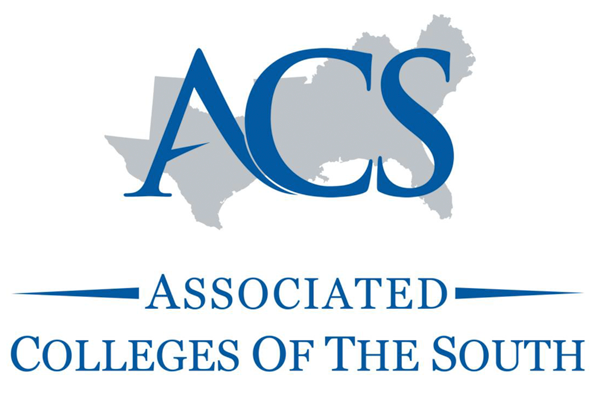Biology professor Bethany Strunk wins prestigious grant to continue research
Jeremiah Gerlach | Tuesday, July 20, 2021

For almost three million people worldwide, Charcot-Marie-Tooth (CMT) disease wreaks havoc on the nervous system that controls their muscles.
With no known cures and limited treatment options, this hereditary (inherited from parents) disorder has perplexed scientists and doctors for decades. But Trinity biology professor Bethany Strunk, now armed with a prestigious national grant, is following a new lead which could provide insight into some forms of CMT.
“We are really excited about this project” says Strunk, the recipient of the 2021 Voelcker Fund Young Investigator Award: a three-year, $450,000 grant from the Max and Minnie Tomerlin Voelcker Fund for a project that began with an observation made during her postdoc in Lois Weisman’s Lab at the University of Michigan. “Trinity has been the perfect fit for developing this research.”
CMT4J victims suffer debilitating neuromuscular symptoms as their myelin, the protective sheath around many nerve fibers, fails to rebuild and replace normally due to mutations in certain genes.
One of these genes codes for the lipid phosphatase Fig4, implicated in a rare and severe form of CMT known as Type 4J (CMT4J). “We are investigating the possibility that mutations in Fig4 in people living with this condition result in a failure to properly ‘switch’ between metabolic pathways they need to repair their myelin,” Strunk says. “What we’re trying to do right now is determine how Fig4 interacts with pathways that weren’t on our radar before.”

While one might expect this type of research to come out of a larger institution, Strunk says a smaller, liberal arts university such as Trinity has a key advantage. “I chose a primarily undergraduate institution because my energy comes from working with students. We are having fun doing something that is impactful at the same time,” Strunk says.
At Trinity, Strunk says she can trust her students with a high level of autonomy. “The undergraduates here are operating like graduate students.”
Already in the thick of things, Strunk and her students are currently working with yeast to test and explore their theory. From their lab in the Center for the Sciences and Innovation, the group is doing a lot of cloning—making DNA constructs they can use to express different mutants in yeast—and genetic engineering, by altering yeast genomes to make “tools” they can use to observe various genetic changes. These tools are instrumental in seeing how yeast grows under conditions where Fig4 is required, or other disease mutants confer a growth advantage.
Yet for all the advanced instrumentation and equipment Trinity offers, Strunk maintains that the key factors in her group’s success are the people.

“The quality of the students here, they’re not just doing what I’m asking them to do, but some of them are taking projects in their own directions,” Strunk says. “They’re making their own choices, and asking the questions they want to ask.”
Some students, Strunk continues, are even working on identifying other conditions that give these mutants a growth advantage. That could lead to even more profound discoveries about the nature of CMT in the future.
They’re also poring over existing research literature, a pivotal part of the job. This will also give Strunk’s students the chance to become better students and researchers.
“I love that this becomes a teaching opportunity—an opportunity for them to find enrichment on the way to what they’re doing next. At Trinity, Teaching is a huge part of my job, but we aren’t sacrificing anything from our research,” she says. “And in that environment, the risk is low, but the potential outcome is as high as it’s going to get anywhere else.”
Strunk says she can’t wait to make new discoveries about CMT with her students. “My students get so excited that they’re contributing so much to this work,” she says. “I’ve been so impressed with how enthusiastic, capable and fun these students are to work with.”
